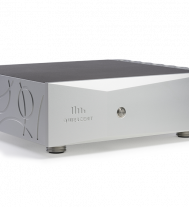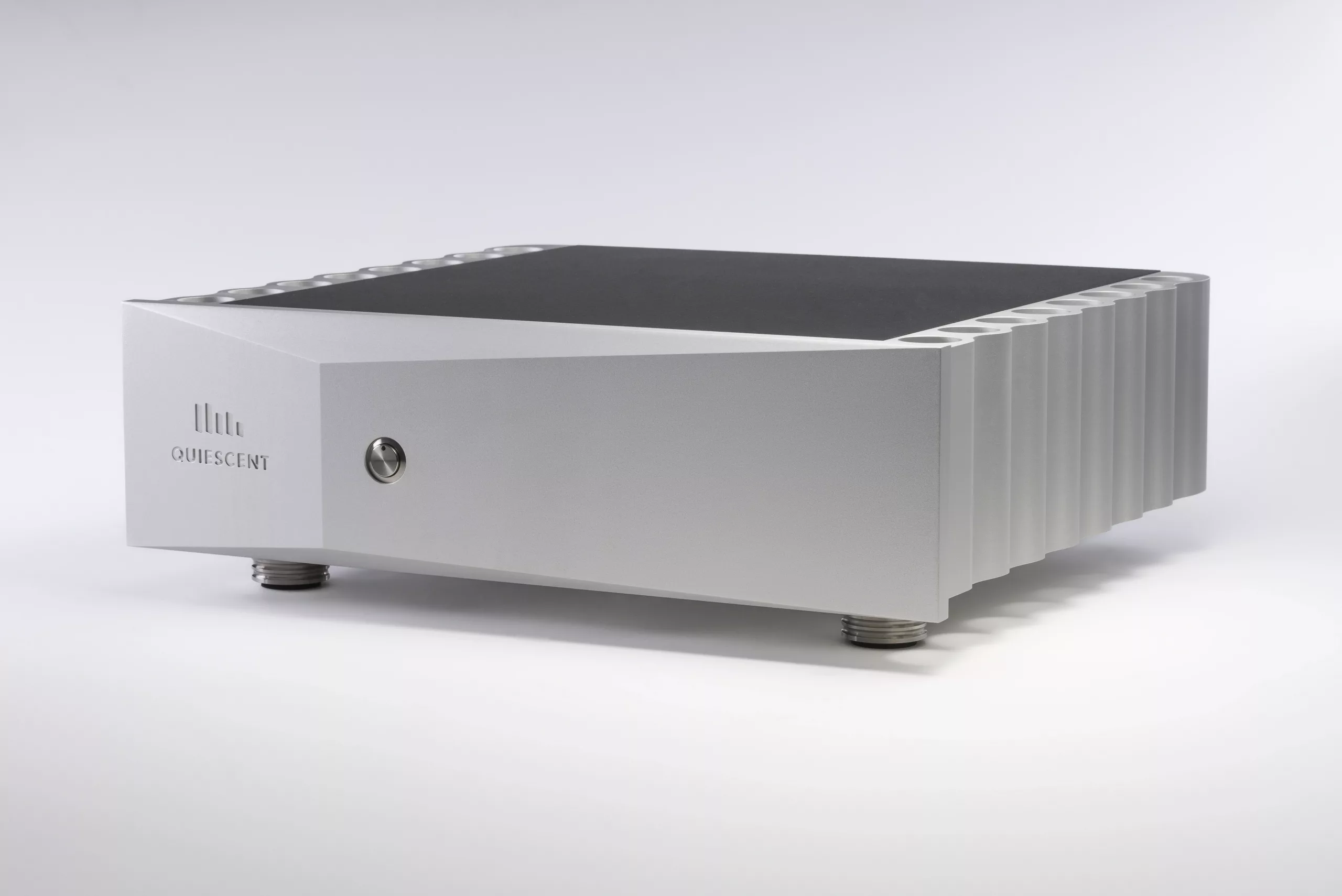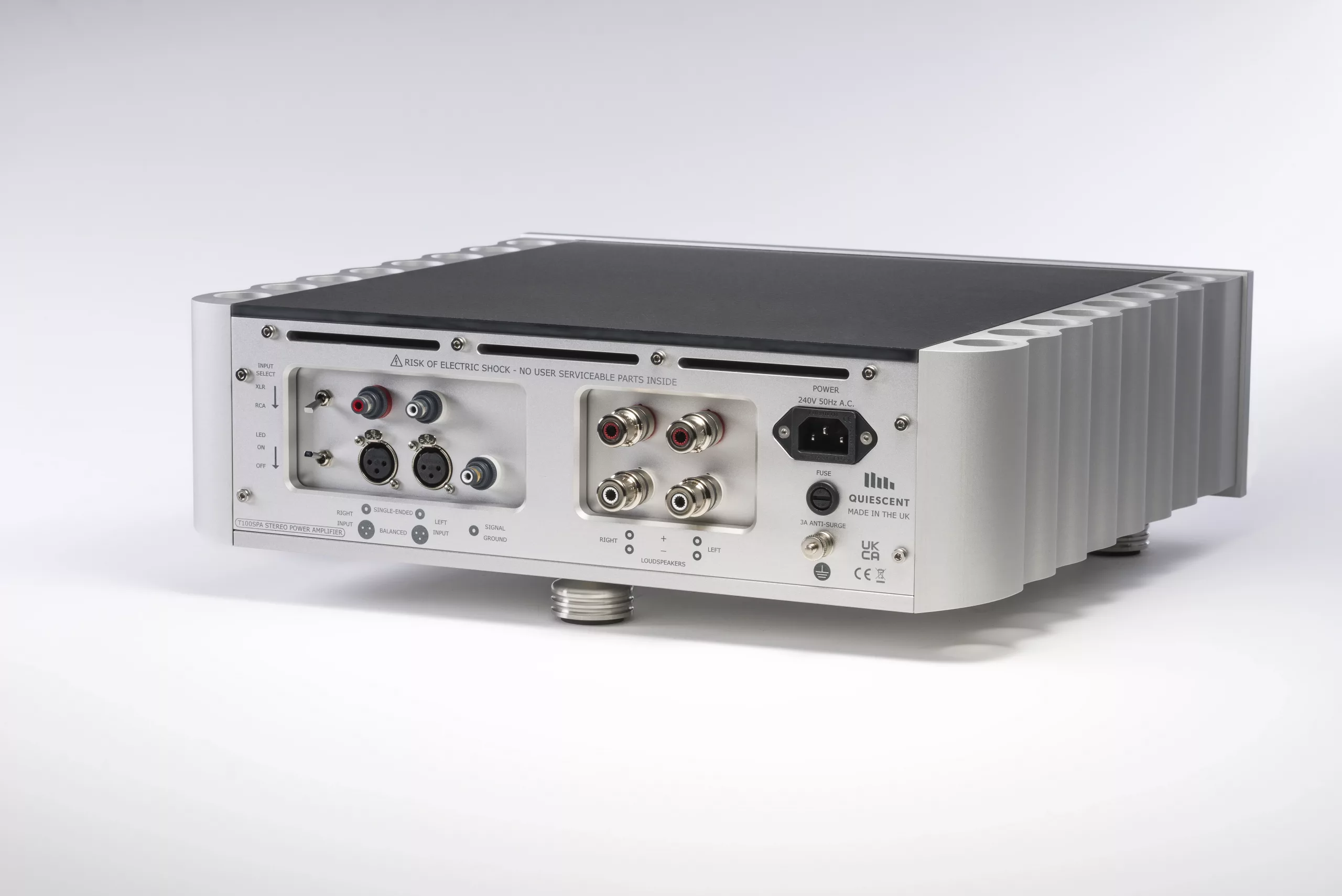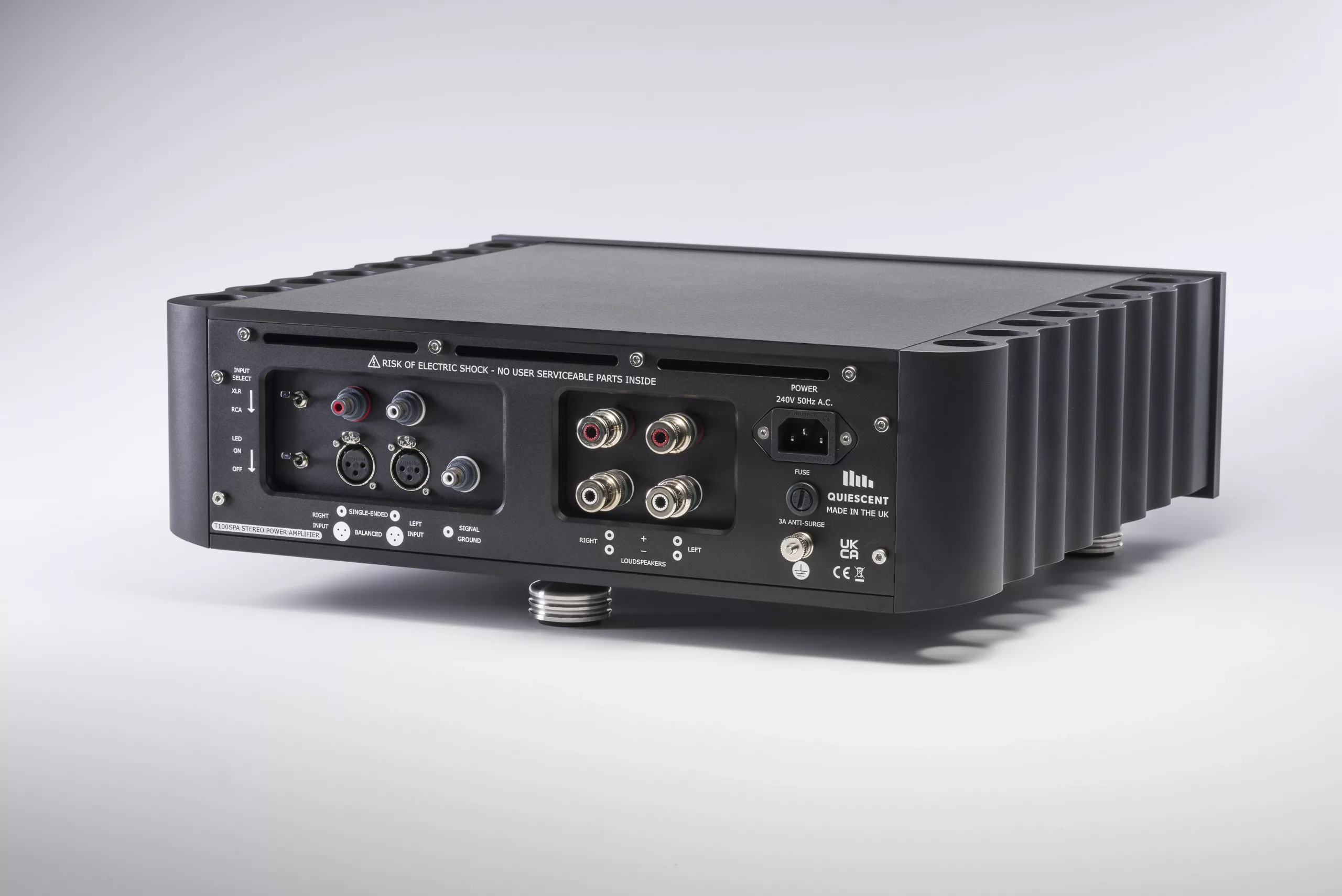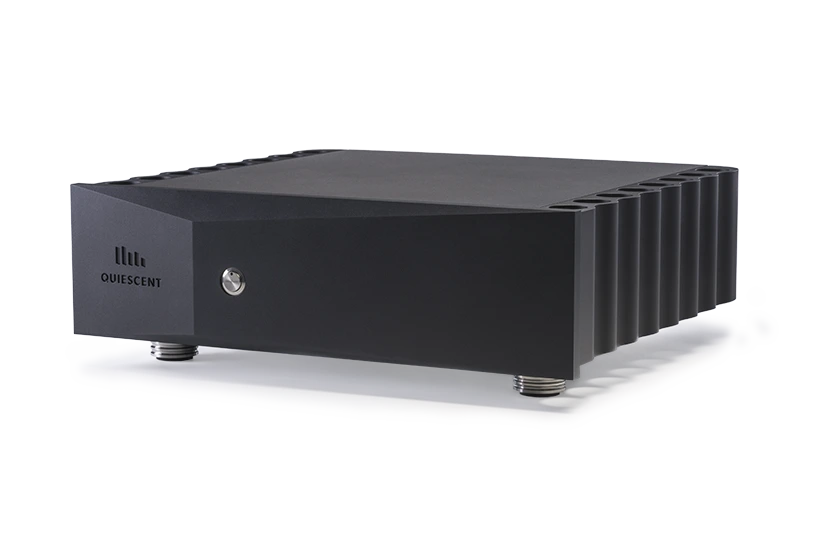
T100SPA Stereo Power Amplifier
“This is the quietest power amplifier I have had the pleasure of using, as soon as you put a decent recording on you can hear so much of the low level details that it’s uncanny.”
Performance
Simplified, streamlined, yet masterfully designed, the new T100SPA expertly addresses, providing abundant power without adding noise. A newly designed audio board using surface-mount components to minimise circuit inductance coupled with a power supply that can deliver more than twice the amount of energy of its predecessor, T50SPA, this is not just an upgrade but a significant technological advance. Fully vibration-protected and with radio frequency and interference-reducing components, the T100SPA works quickly and precisely for sublimely detailed, beautifully nimble sound and breathtaking realism.
Technology
Using current feedback with exceptionally high bandwidth and a minimal component count, this solid-state class A/B stereo power amplifier gives a gripping and propulsive performance.
Our new amplifier module uses state-of-the-art surface-mount technology to reduce circuit inductance which also allows us to ensure that we keep everything in one box. Each amplifier module is mounted directly on the heatsink with a single pair of MOSFET transistors, ensuring that lead inductance is minimal. This arrangement means that the T100SPA delivers awe-inspiring levels of detail and realism.
Power amplifiers are often severely disadvantaged by high levels of microphonic noise, robbing the signal of dynamic energy and accuracy. The T100SPA benefits from our QPower™ system incorporating d.c. blocking, high-frequency noise reduction and vibration isolation of the transformer and bridge rectifiers from the audio boards. This decoupling of vibration prevents board components from generating erroneous microphonic-generated noise. This is essential for a power amplifier to drive even the most demanding speakers.
Inputs and outputs are decoupled from the preamplifier using our proprietary EMI/RFI absorption. This technology is a highly efficient bi-directional high-frequency block preventing intermodulation with the musical signal. Uniquely, this technology does not disrupt the musical signal in any way, thanks to our patented approach.
That’s a lot of technology to squeeze into a single box. This proved to be one of the biggest engineering challenges faced by our designers. The result is an amplifier that reveals even the tiniest detail and can truly keep pace with the music.
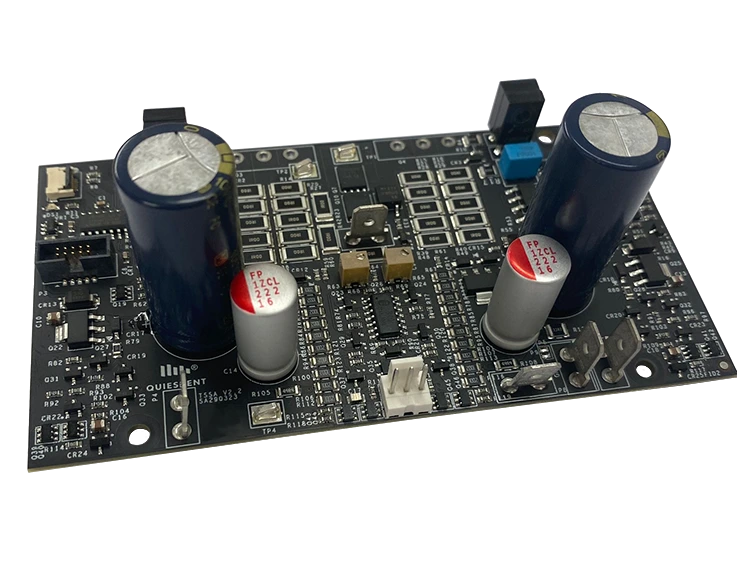
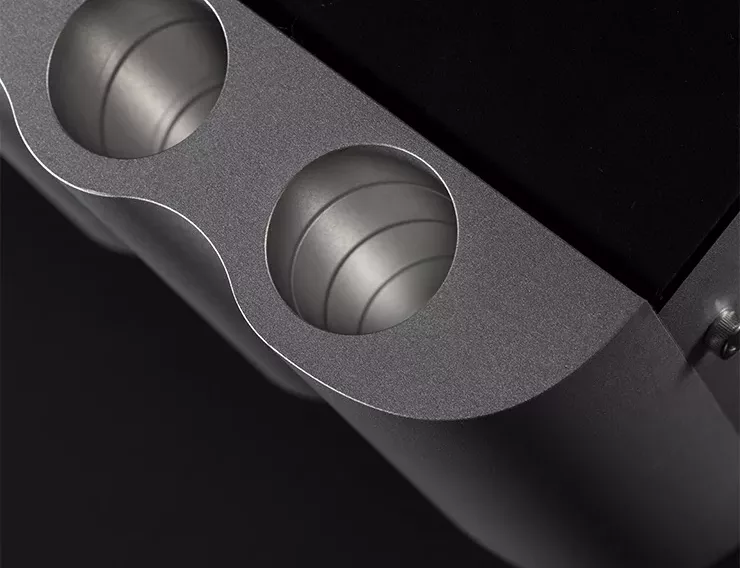
Specifications
Rated at 130W per channel into 8Ω, the T100SPA stereo power amplifier drives effortless power into the most demanding loads thanks to its patented QPower™ technology.
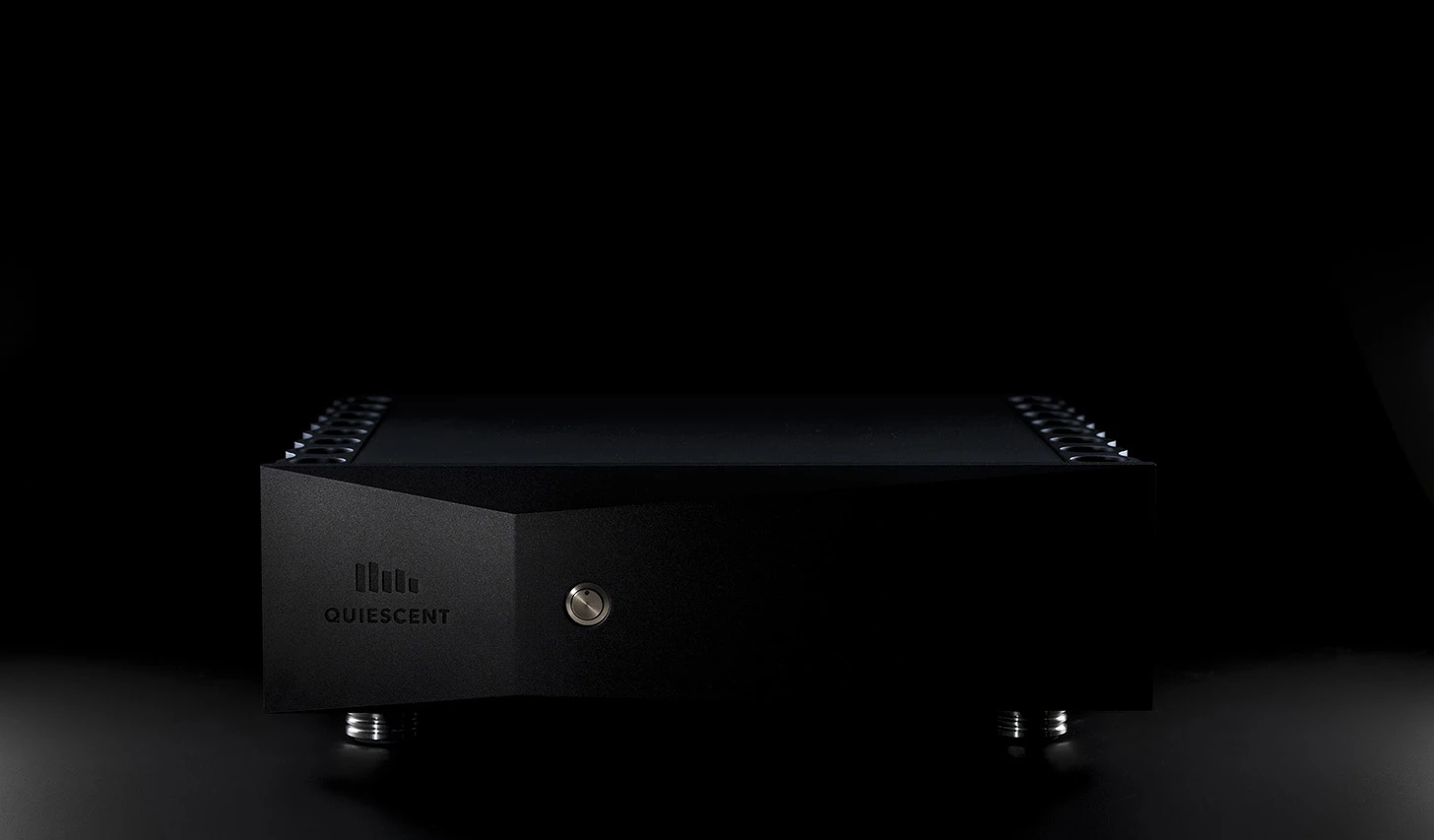
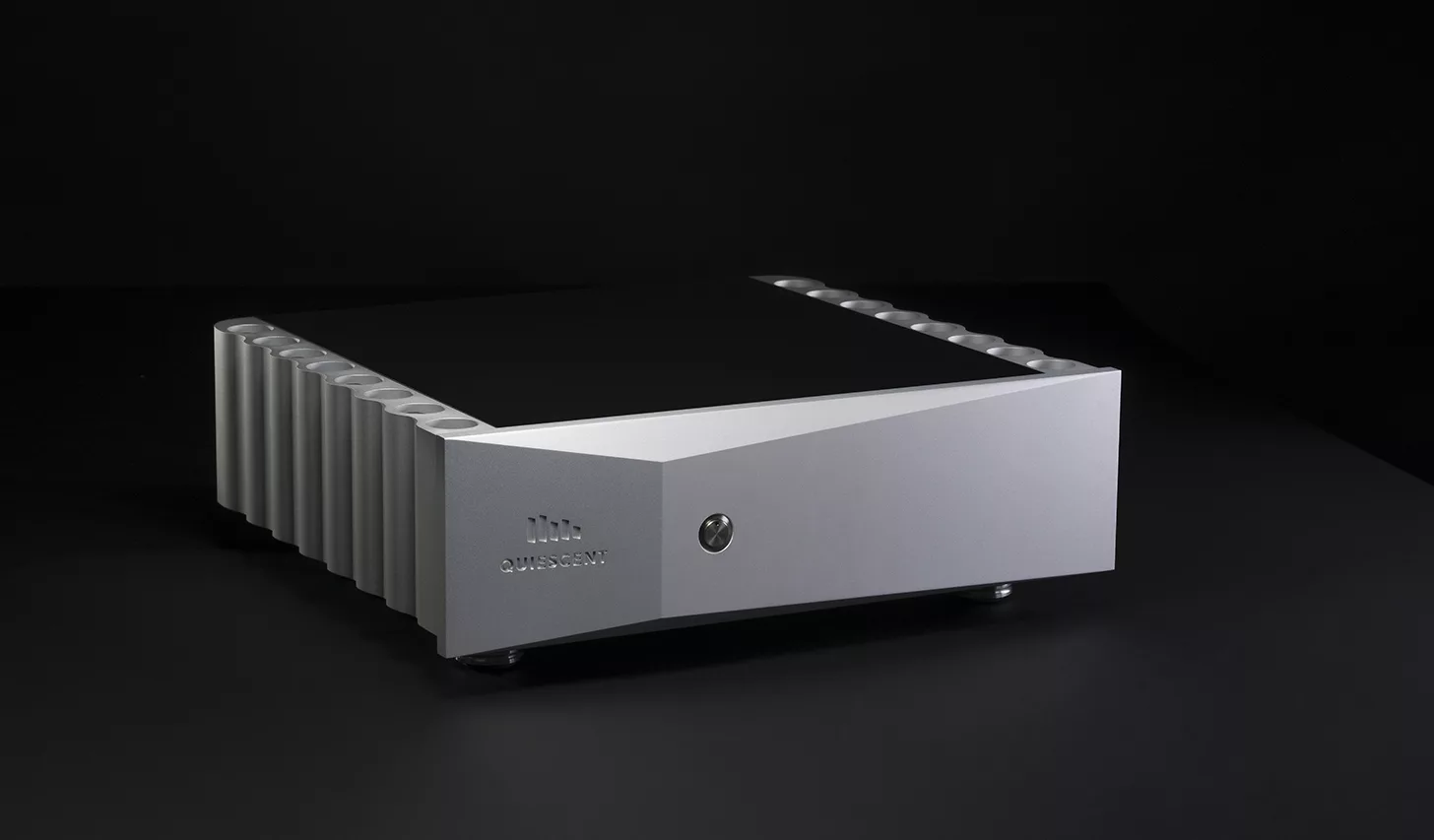
Technology
Using current feedback with exceptionally high bandwidth and a minimal component count, this solid-state class A/B stereo power amplifier gives a gripping and propulsive performance that is truly class-leading.
High levels of microphonic noise often severely disadvantage power amplifiers, robbing the signal of dynamic energy and accuracy. During the development phase, our primary objective of this design was to prevent these effects. The culmination of this work has achieved this goal in four ways:
- With a robust power supply employing a custom-wound transformer and low-microphonic components, all fully coupled to our patented absorption matrix technology. Using the highest-grade Japanese steel at its core, our transformers have a higher magnetic flux density, ensuring clean power even when the amplifier works with the most demanding asks.
- By using significant vibration protection in and around the sensitive analogue input stages.
- By employing a dual-mono topology. Critically, this includes independent low resonance and acoustically disruptive heatsinks for the left and right output devices.
- An exceptionally high-quality filter using Audio Note Kaisei non-polar capacitors results in a low impedance and highly responsive power supply.
- Deployment of the QPower™ noise suppression system.
QPower™ is the system around the d.c. power supply to the audio boards and the IEC socket to the rear panel. When an amplifier is asked to provide power in demanding situations, the power supply transmits vibration that is often transferred into the audio electronics backwards through the mains connection and forwards into the audio boards. Although not often observable to the human ear, this vibration causes electronic components to exhibit noise known as microphonic, adding to the musical signal through intermodulation.
The first major vibration source is when the transformer exceeds its magnetic flux density. In this case, it is possible to hear the vibration resulting, and despite views that this does not impact the performance of the audio circuits, nothing could be further from reality. It can also be very annoying to listen to! One persistent cause of transformer hum is a d.c. offset, which is increasingly caused by the prevalence of LED light bulbs. We use a non-intrusive approach to blocking the d.c before it reaches the transformer’s primary windings. Our toroidal transformers are designed to be silent and stay that way.
Even though we cannot hear further vibration in the transformer, we know it is there and still causing havoc in electronics upstream to the mains and downstream to the audio boards. Here, we use an internal version of highly acclaimed Peak Mains Modules inside the amplifier.
Next, we handle the problem of bridge rectification vibrating at approximately 100Hz and its associated harmonics cascading into the rest of the circuit. This is done by building the rectification and DC smoothing circuits directly on top of our absorption matrix before the output is sent to the DC rails on the board.
The T100SPA uses a total of 5 modules in its QPower™ configuration, and the result is less pollution of the critically important phase information needed to demonstrate realism and musical presence.
Casework is machined using high-grade aluminium and uses Quiescent proprietary techniques for managing vibration and electrical noise. The Quiescent heatsinks are carefully crafted to dampen any remaining vibration and prevent signal damage in the audio boards. The top of the unit is a high-grade, non-metallic plate preventing the unwanted effects caused by the Faraday cage. All casework is made to our design, and we never buy off-the-shelf casework components as they exhibit RFI/EMI characteristics that do not meet our exacting standards.
Addressing vibration problems allows us to maximise the other key features of the amplifier. Current feedback and high bandwidth offer speed and precision that is detailed and transparent with exceptionally low phase error, resulting in superb imaging and soundstage. Additionally, extensive EMI and RFI reduction throughout keeps noise and RF inter-modulation, leading to an unprecedented low noise floor revealing intricate levels of detail, timing, accuracy, and musical expression of the original recording.
Specifications
Audio Outputs
Minimum Load Impedance
2Ω
Power Output (rms)
130W per channel into 8Ω
200W per channel into 4Ω
Gain
26.5dB
Frequency Response
-3dB at 0.5Hz to 600KHz
Slew Rate
91V/us
THD @24W output into 8Ω load
(1KHz sinusoidal signal)
0.03%
S/N Ratio
120dB
Terminals
WBT nextgen™ Ag Silver conductor binding posts
Audio Inputs
Impedance
10KΩ
Sensitivity
1.6V
Sockets
2 x WBT nextgen™ Ag Silver conductor phono or 2 x silver conductor XLR (switchable)
Grounding
Chassis
M5 Binding post on rear panel
Signal
RCA socket on rear panel
Casework
Finish
Bead blasted natural or black anodised high grade aluminium with high-impedance
non metallic top
Cooling
Passive custom-built heatsinks
Dimensions (HxWxD)
140 x 440 x 400mm
Weight
27Kg
Power
Input
230V, 50Hz
 Jason Kennedy reviews the T100SPA
Jason Kennedy reviews the T100SPA